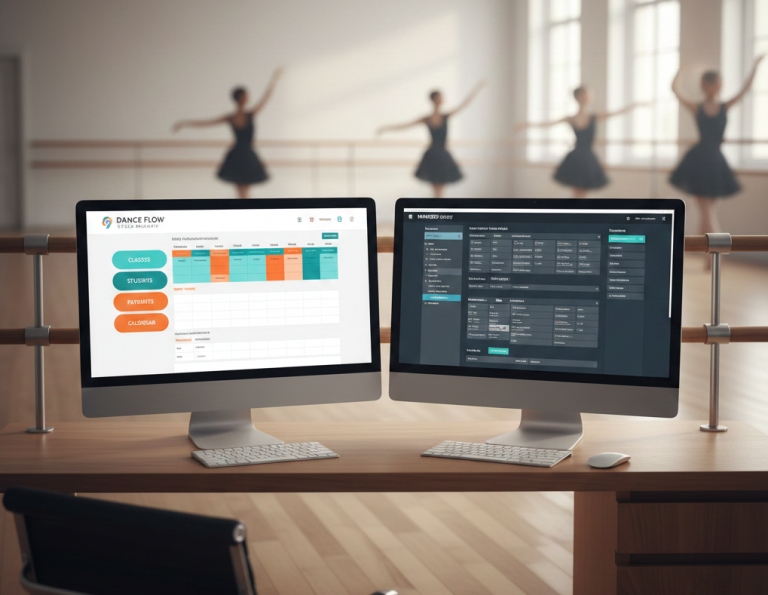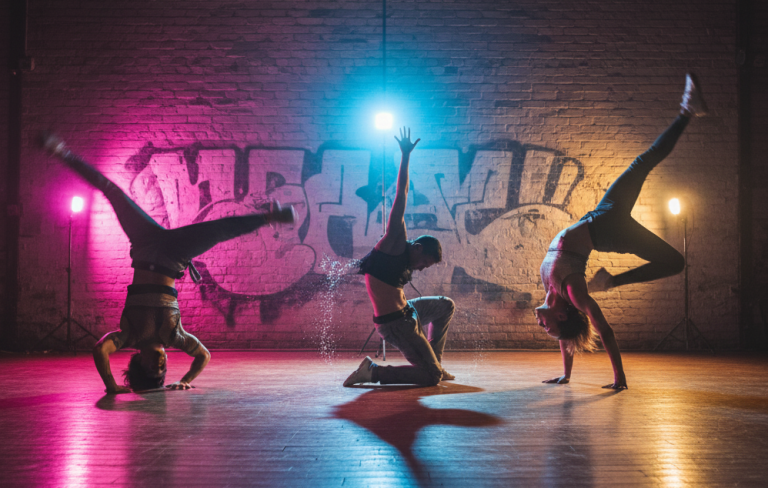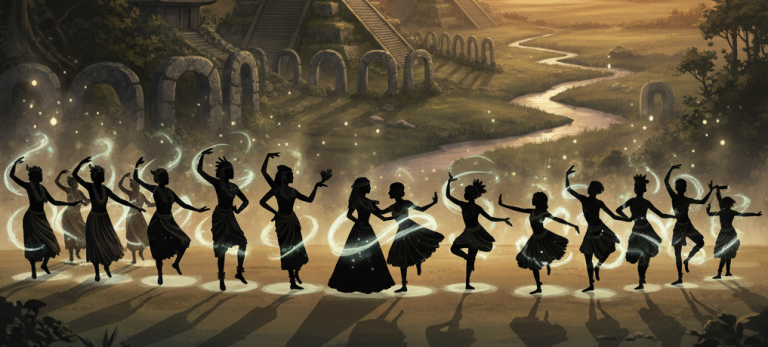When we think of ballet, we imagine elegance, poise, and effortless movement. But behind the scenes, there’s a harsh reality that only dancers truly understand—ballet shoes can be brutally painful.
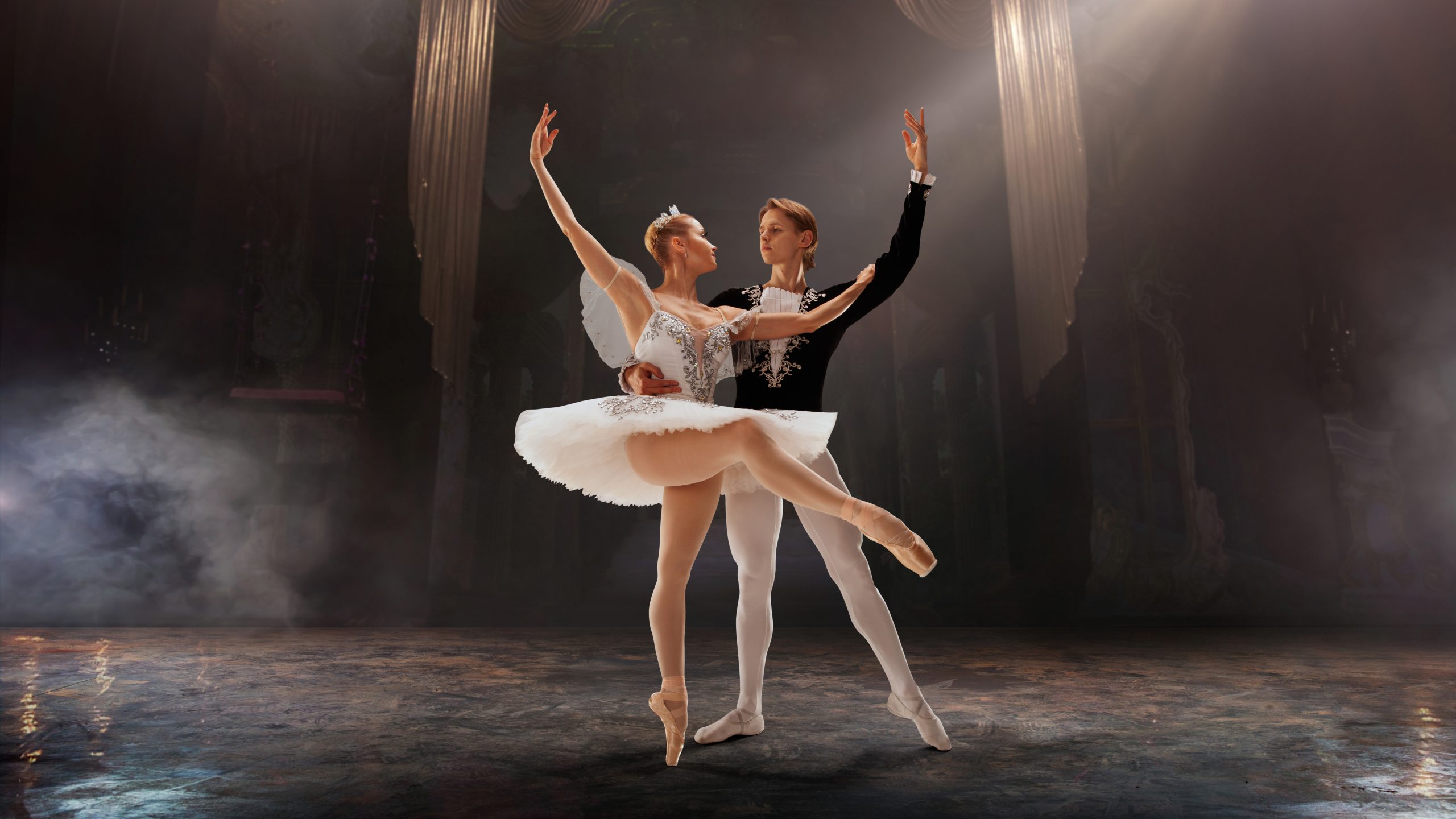
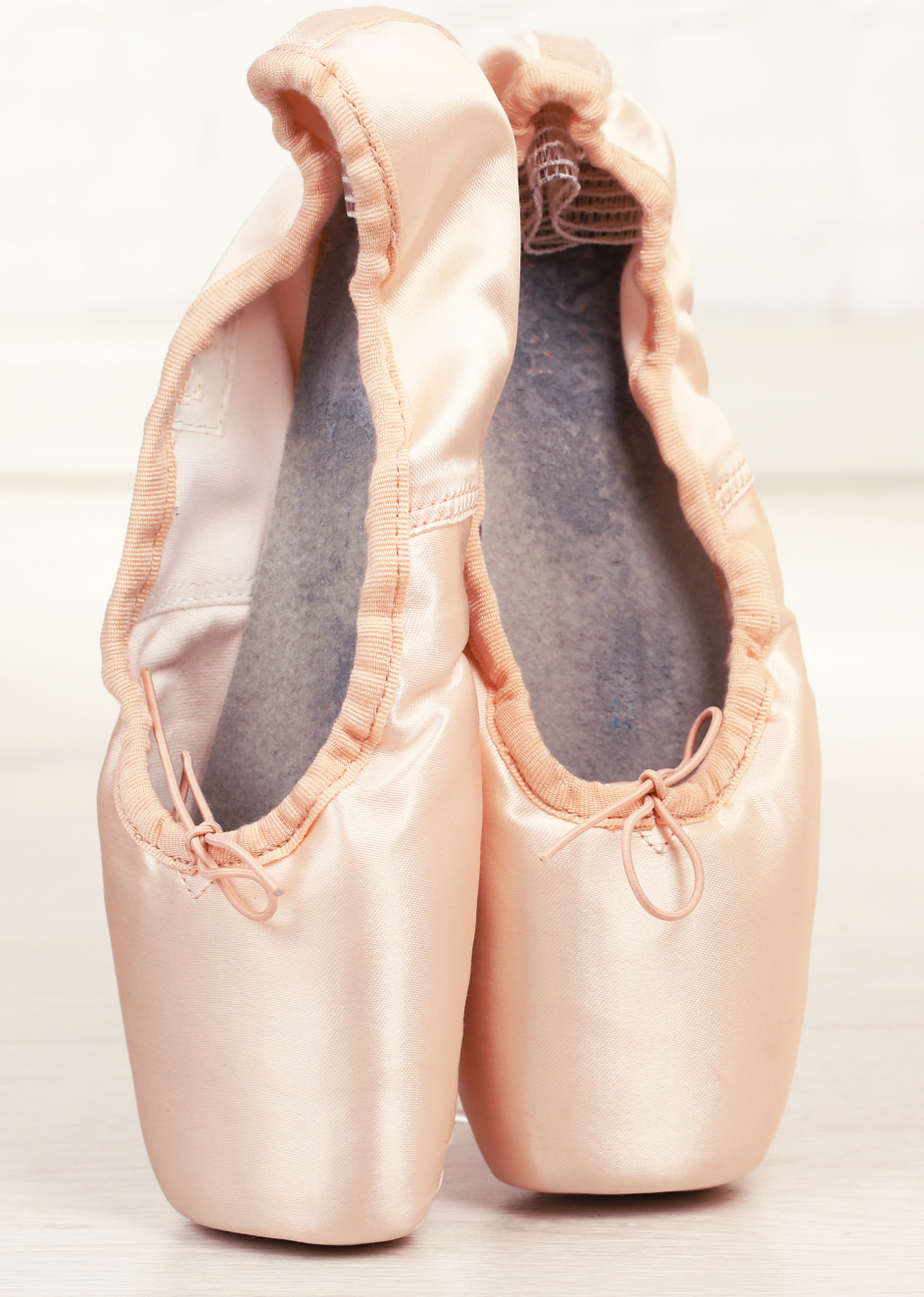
Breaking in the Shoes
Before a dancer even begins a performance, there’s a ritual of preparing their pointe shoes. These shoes are notoriously stiff straight out of the box. To make them wearable, dancers bend the shanks, remove or soften hard insoles, and thin the soles to mold the shoe to their foot. It’s all part of “breaking in” the shoes—essential to avoid injury and perform effectively.
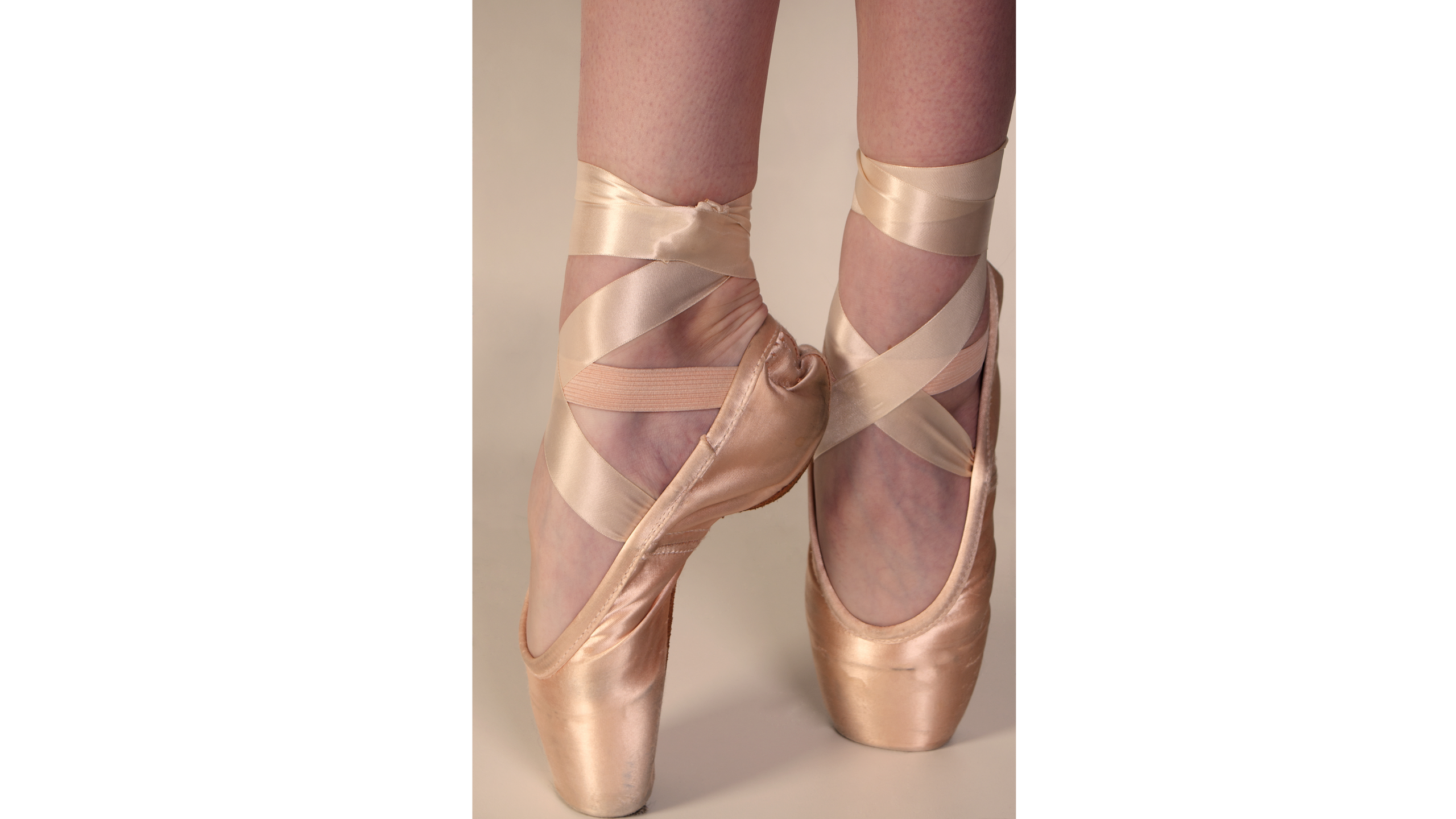
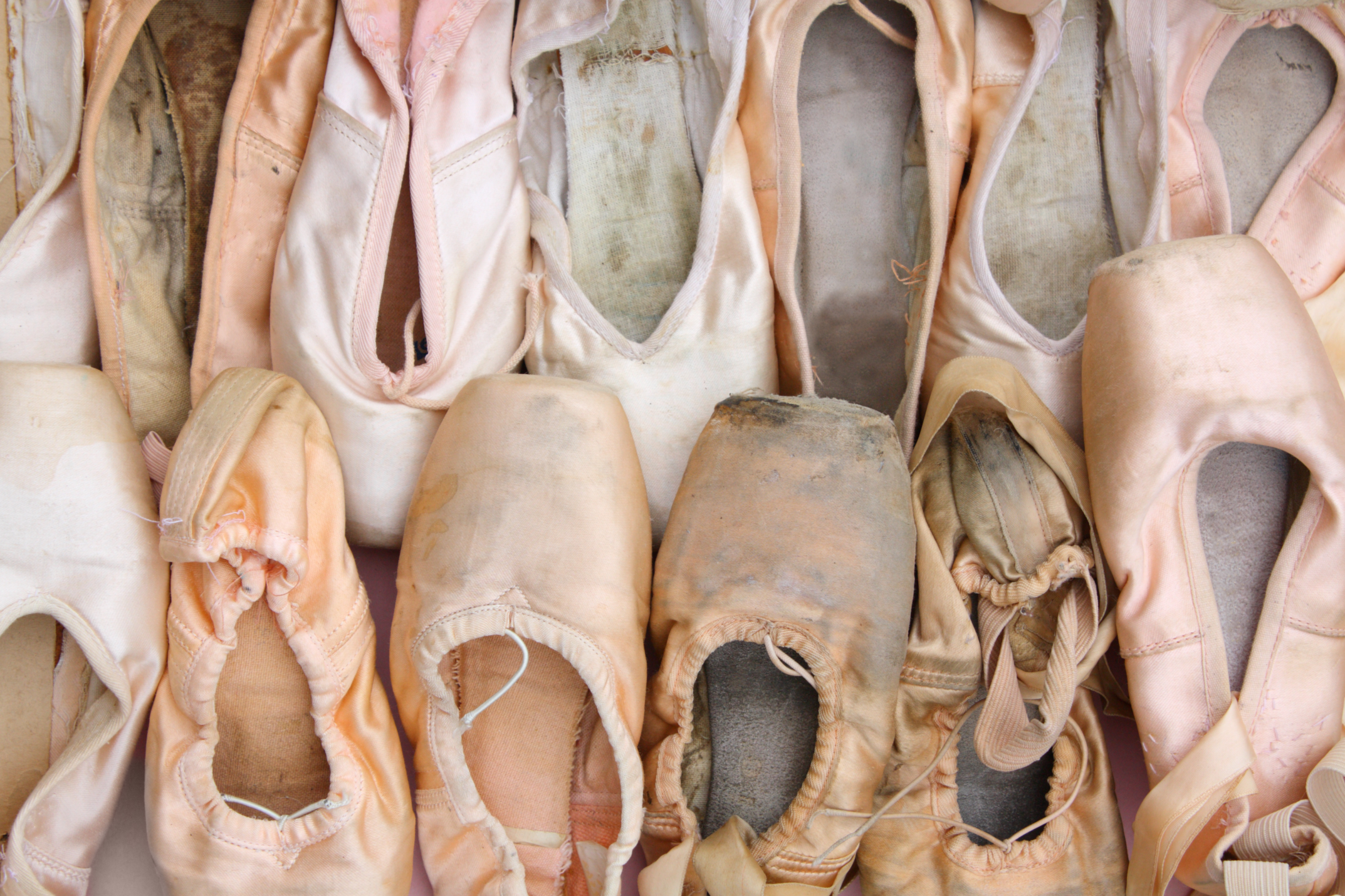
Why so Painful?
Unlike regular shoes, ballet pointe shoes are designed to allow dancers to balance and move on the tips of their toes. This requires a very hard toe box, which can feel like dancing in a wooden box. Even with all the adjustments, it still hurts. To make it more bearable, dancers often use silicone toe pads, lamb’s wool, or medical tape to reduce friction and blistering.
Stomping and Smashing: Not Just for Drama
You might see dancers stomping or slamming their shoes against the floor or walls before a show. It looks intense, but it’s not just for show. These actions help soften the shoe further and give it a bit of flexibility, which is critical for executing turns and jumps.
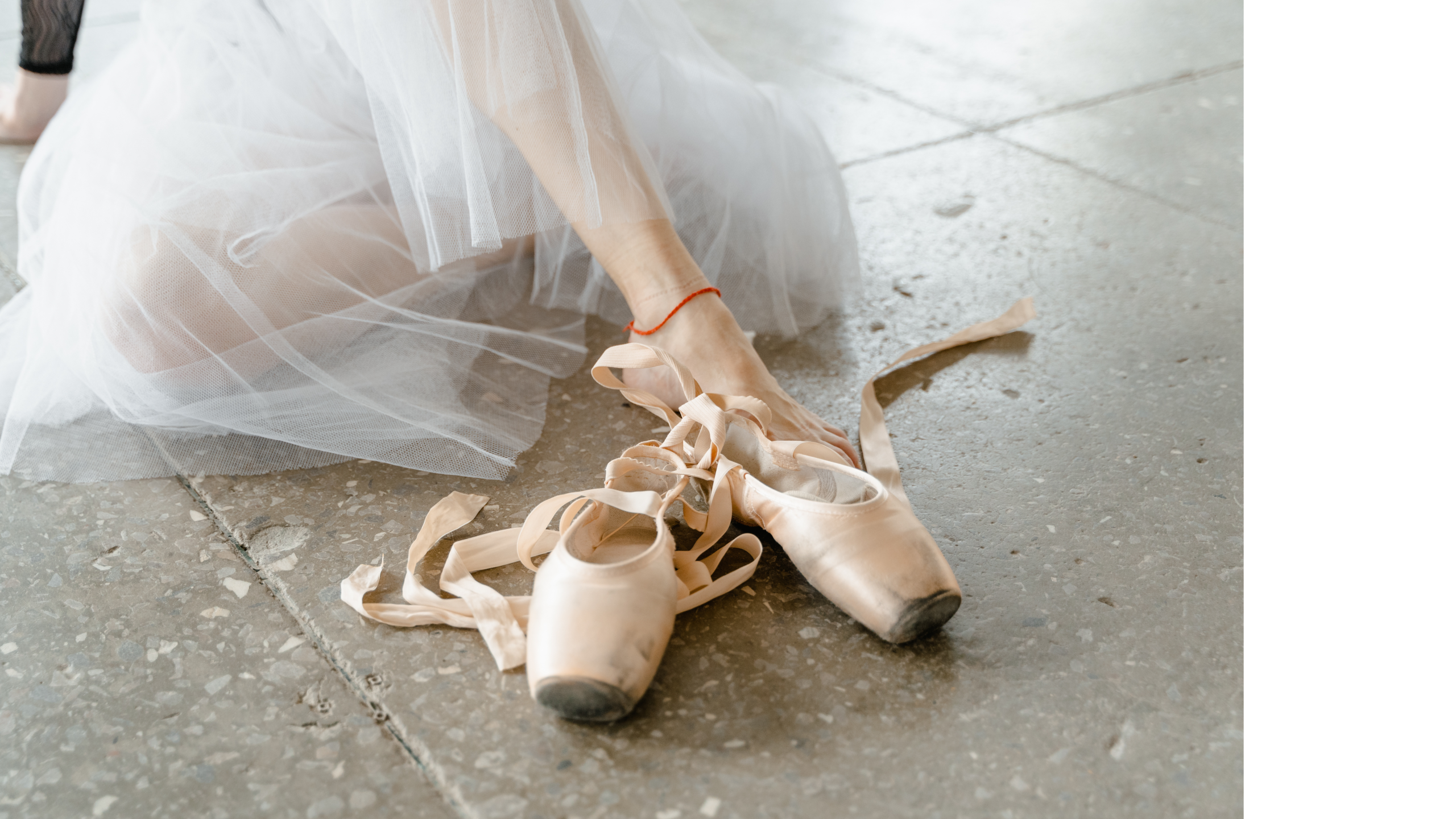
The Hidden Costs
Pointe shoes are expensive and wear out fast. Sometimes, dancers need multiple pairs in a single day, especially during performances or rehearsals. Once a shoe loses its shape or firmness, it becomes a risk rather than a tool.
Sticky Situations
Slipping is another hazard, especially on polished stages. That’s why many dancers crush rosin crystals underfoot before stepping out. The sticky powder gives them traction and helps prevent dangerous slips.
-
-
-
-
Payment Processors Compared for Dance Studio Manager (DSM)
PROCESSORS BEST FOR PRICING MODEL HARDWARE WHY IT WORKS WELL INSIDE DSM Paystri (DSM Preferred Partner) Studios wanting personalized rates, high customer support, and a strong DSM relationship. “Meet or beat” pricing for DSM users Often competitive for both low and high-volume studios Chip / swipe / tap readers (varies by region) DSM has a…
-
-

